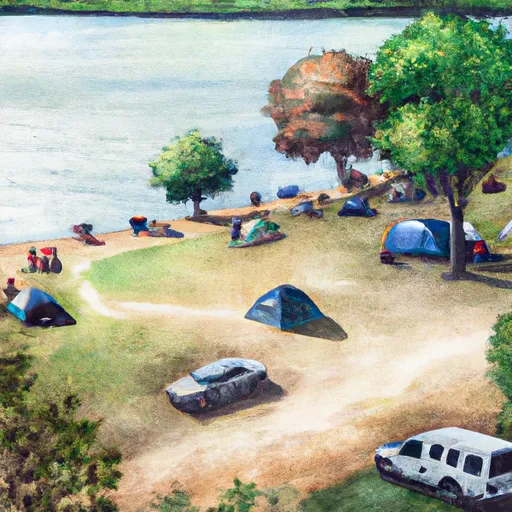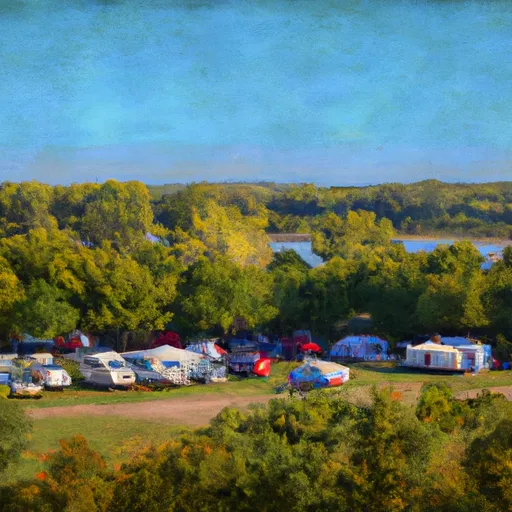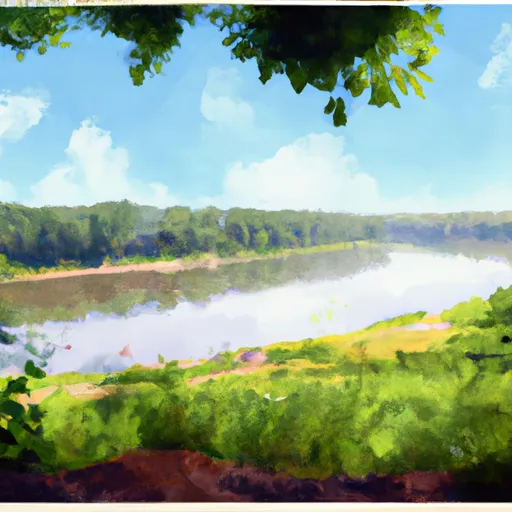Summary
Situated in the northeastern part of the state, this conservation area spans over 6,600 acres and is managed by the Arkansas Game and Fish Commission.
One of the primary reasons to visit Wyaconda Crossing Conservation Area is its abundant wildlife. The area provides a vital habitat for various species, including deer, turkey, waterfowl, and migratory birds. It offers excellent opportunities for hunting, fishing, birdwatching, and wildlife photography.
The conservation area also boasts several points of interest worth exploring. The Wyaconda River, which flows through the area, offers picturesque views and opportunities for kayaking or canoeing. Visitors can also explore the open fields, woodlands, and wetlands, which are home to diverse plant and animal communities. Additionally, the conservation area includes designated trails for hiking, providing a chance to immerse oneself in the natural beauty of the region.
An interesting fact about Wyaconda Crossing Conservation Area is that it is located within the Mississippi Flyway, a major migratory route for birds traveling between North and South America. This makes it an ideal spot for birdwatchers to witness the incredible spectacle of thousands of birds passing through the area during migration seasons.
The best time of year to visit Wyaconda Crossing Conservation Area depends on the desired activities. Hunting enthusiasts may find fall and winter to be the most appealing seasons, while spring and summer offer opportunities for fishing, hiking, and wildlife observation. It is recommended to check the Arkansas Game and Fish Commission's website or consult with local authorities to ensure accurate and up-to-date information regarding specific activities and regulations.
To ensure accuracy, it is advisable to verify the information provided about Wyaconda Crossing Conservation Area by consulting multiple independent sources such as official park websites, travel guides, or wildlife conservation organizations.
Weather Forecast
Park & Land Designation Reference
Large protected natural areas managed by the federal government to preserve significant landscapes, ecosystems, and cultural resources; recreation is allowed but conservation is the priority.
State Park
Public natural or recreational areas managed by a state government, typically smaller than national parks and focused on regional natural features, recreation, and education.
Local Park
Community-level parks managed by cities or counties, emphasizing recreation, playgrounds, sports, and green space close to populated areas.
Wilderness Area
The highest level of land protection in the U.S.; designated areas where nature is left essentially untouched, with no roads, structures, or motorized access permitted.
National Recreation Area
Areas set aside primarily for outdoor recreation (boating, hiking, fishing), often around reservoirs, rivers, or scenic landscapes; may allow more development.
National Conservation Area (BLM)
BLM-managed areas with special ecological, cultural, or scientific value; more protection than typical BLM land but less strict than Wilderness Areas.
State Forest
State-managed forests focused on habitat, watershed, recreation, and sustainable timber harvest.
National Forest
Federally managed lands focused on multiple use—recreation, wildlife habitat, watershed protection, and resource extraction (like timber)—unlike the stricter protections of national parks.
Wilderness
A protected area set aside to conserve specific resources—such as wildlife, habitats, or scientific features—with regulations varying widely depending on the managing agency and purpose.
Bureau of Land Management (BLM) Land
Vast federal lands managed for mixed use—recreation, grazing, mining, conservation—with fewer restrictions than national parks or forests.
Related References
Area Campgrounds
| Location | Reservations | Toilets |
|---|---|---|
 Canton City River Park
Canton City River Park
|
||
 Mississippi Riverfront RV Park
Mississippi Riverfront RV Park
|
||
 Bear Creek - Mississippi River
Bear Creek - Mississippi River
|
